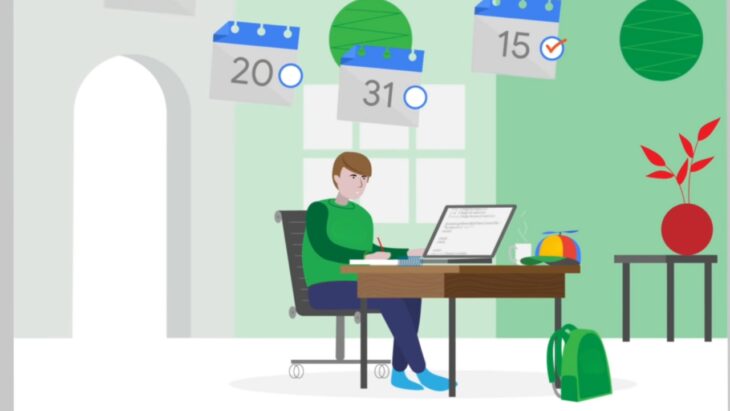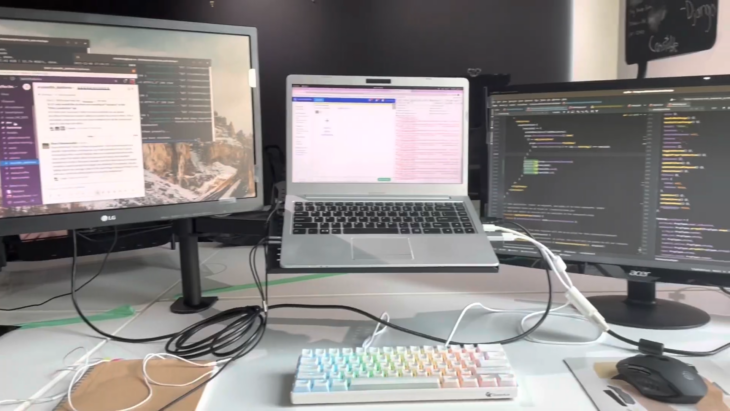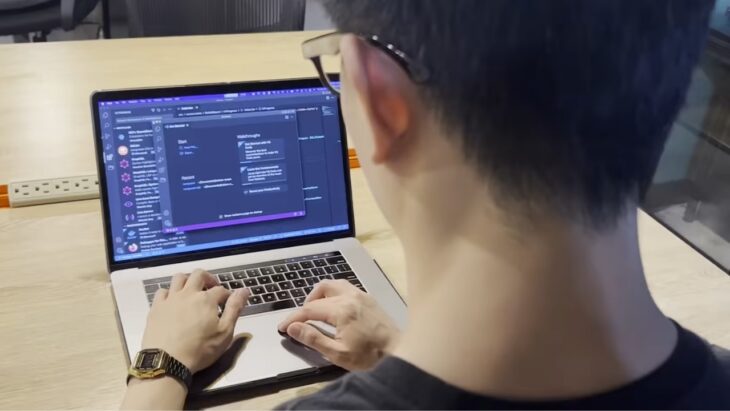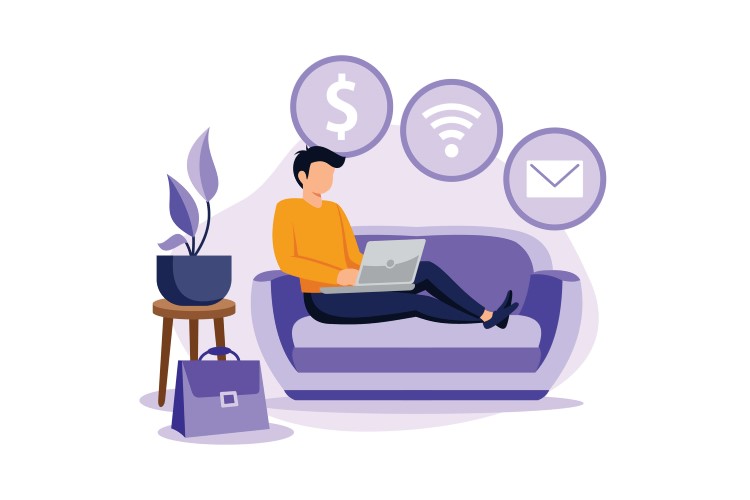Digital tools are now fundamental in shaping how educators teach and students learn, especially highlighted by the challenges of recent times.
Integrating technology into education goes beyond immediate needs; it prepares students for future careers, supports varied learning styles with personalized approaches, and opens up new opportunities.
Despite the initial investment, technology can eventually reduce educational costs and expand access to learning. It also enhances teamwork and communication, key for productivity. This article will introduce you to the main impact of software development of IT education in the Philippines.
Table of Contents
ToggleIntroducing Coding Early in the Curriculum

Incorporating coding into the educational system from a young age is becoming a priority in the Philippines. This approach aims to demystify technology and make it an integral part of learning. By exposing students to coding fundamentals in elementary and high school, they develop critical thinking, creativity, and problem-solving skills early on.
This foundational knowledge not only prepares students for further education in IT but also equips them with skills valuable in various future career paths. Early exposure to coding encourages a culture of innovation and adaptability among young learners, essential qualities in the rapidly evolving tech landscape.
Partnering with Tech Companies for Real-World Projects
Creating partnerships between educational institutions and technology companies offers students unique opportunities to engage with real-world software development projects. This collaboration bridges the gap between academic learning and practical application, providing students with a glimpse into the day-to-day challenges and workings of the tech industry.
Through these partnerships, students can work on actual projects under the guidance of experienced professionals, gaining valuable insights and skills. This hands-on experience not only enhances their learning but also better prepares them for the workforce by understanding current industry standards, practices, and expectations.
Offering Scholarships for Software Development Courses

To encourage more students to pursue careers in IT and software development, various organizations and educational institutions in the Philippines are offering scholarships specifically for software development courses.
Scholarships aim to reduce financial barriers for talented students who have a passion for technology but may not have the means to pursue higher education in this field. By providing financial support, these programs help cultivate a diverse pool of future IT professionals.
They also serve as an incentive for students to excel in their studies, fostering a competitive yet supportive learning environment that drives innovation and excellence in the tech community.
Expanding Online Learning Platforms for IT Education
Online platforms are transforming IT education in the Philippines, offering courses that range from basic programming to advanced software development. Learners benefit from the flexibility to study at their own pace and from any location, making education more accessible, especially to those in remote areas.
Digital technologies facilitate interactive content, such as video tutorials and virtual labs, improving engagement and catering to various learning preferences.
Encouraging Female Participation in Tech Fields
Efforts to boost female involvement in technology and IT are gaining traction. Initiatives include workshops, mentorship programs, and campaigns showcasing successful women in IT, aiming to inspire young girls.
Educational environments foster inclusivity, encouraging women to pursue careers in STEM fields, thereby enriching the tech industry with diverse perspectives and innovation.
Hosting National Coding Competitions for Students

Coding competitions at the national level engage students in software development by challenging them to solve complex problems. These contests, ranging from school-level to national events, offer a platform for showcasing talent and fostering a community among tech enthusiasts.
Participants often receive scholarships, internships, or other opportunities, furthering their education and career prospects in IT.
Integrating AI and Machine Learning into Lessons
Courses now include artificial intelligence (AI) and machine learning (ML), preparing students for the technological future. Engaging with AI and ML concepts allows learners to understand their impact on industries and society.
Projects involving AI model building and data analysis are incorporated, promoting critical thinking about technology’s implications.
Providing Access to Cloud Computing Resources
Cloud computing resources have become crucial for IT education, enabling students to undertake projects requiring significant computing power without expensive hardware.
Collaborations with cloud service providers offer learners free or discounted access, facilitating experiments with large datasets and the deployment of applications. Exposure to cloud computing introduces concepts of scalability and data security.
Facilitating Internships with Local Software Developers

Internships offer hands-on experience and insight into the software development industry. Working on real-world projects helps students apply classroom knowledge, understand workplace dynamics, and build professional networks.
Educational institutions are key in securing these opportunities, and enhancing students’ skills and employability.
Updating Educational Policies to Include Software Development Standards
Revising educational policies to incorporate current software development standards ensures IT education remains relevant and high-quality. Collaborations between the government and educational bodies aim to update curricula with modern technologies and methodologies, aligning with international best practices.
Emphasis on ethical software development prepares students for the professional and ethical challenges in their future careers.
FAQs
What Is the Status of ICT in The Philippines for Education?
ICT integration in Philippine education is progressing, with efforts to incorporate digital tools and platforms in teaching and learning. However, access and quality vary significantly across different regions and schools.
What Is the Biggest Challenge in Implementing ICT in Education?
The primary challenge in implementing ICT in education is the digital divide, characterized by unequal access to technology and internet connectivity among students and schools.
How ICT Affect Students’ Academic Performance in The Philippines?
ICT has the potential to enhance students’ academic performance by providing access to vast educational resources and interactive learning experiences. However, its effectiveness largely depends on the quality of implementation and the level of access provided to students.
Last Words
The role of software development in shaping IT education in the Philippines is crucial. Overcoming access challenges and ensuring effective use are key steps forward.
With focused efforts, software development can significantly enhance learning experiences and outcomes, preparing students for a future in the global tech landscape.


